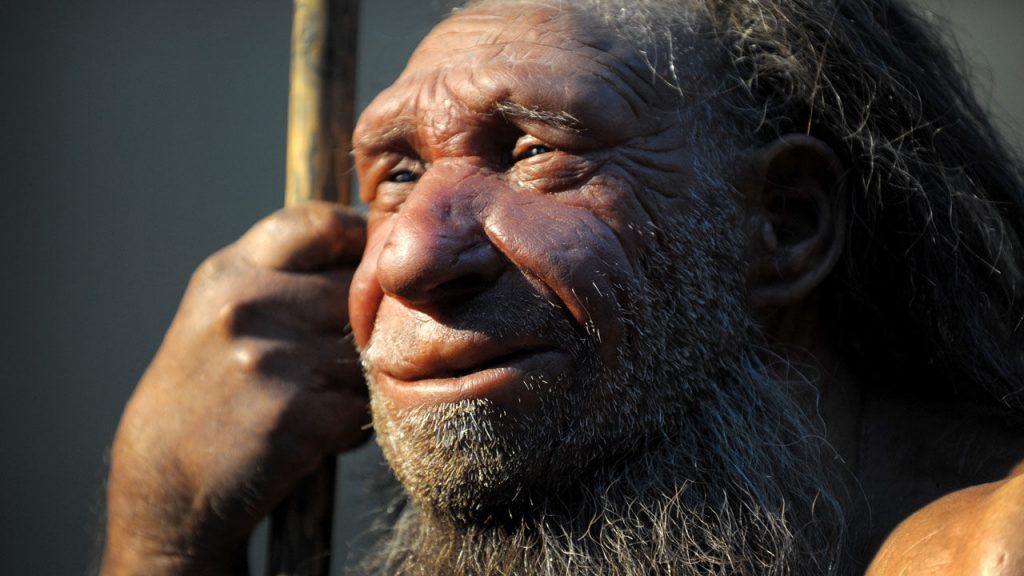The blood types of our nearest extinct human ancestor have been discovered, uncovering why the species passed on regardless. According to an examination published Wednesday in the journal PLOS ONE, Neanderthals had a blood type that conveyed them all the more exposed to compelling diseases, achieving high infant mortality.
Curiously, investigators from France analyzed the blood types of one Denisovan and three Neanderthal individuals, revealing new information about their evolutionary history, prosperity, and weaknesses. Neanderthals and Denisovans were outdated people who lived some place in the scope of 300,000 and 40,000 years earlier in Eurasia, from Western Europe to Siberia. The previous assessment has yielded full-genome DNA sequences for 15 of these old-fashioned individuals, astonishingly developing our understanding into their species. In any case the way that their blood types are encoded in DNA, they have stood apart enough to be taken note.
The analysts decoded the blood types of individuals from their genomes using advancements that are routinely used in medical settings for blood transfusions, which incited various disclosures. The obsolete people, for example, had blood type alleles — obvious types of a comparable quality — in different combinations, showing that Neanderthals and Denisovans both came from Africa, as shown by the assessment.
The examiners moreover tracked down a genetic relationship between Neanderthal blood types and those of an Aboriginal Australian and a nearby Papuan, construing that Neanderthals and current individuals interbred before present day people made an excursion to Southeast Asia. Investigators discovered that blood type alleles in Neanderthals were associated with an extended shortcoming to disease defilements that hurt hatchlings and infants, achieving low reproductive accomplishment and genetic assortment when appeared differently in relation to flow individuals. As demonstrated by the examiners, this work recognizes the blood pack structures in Neanderthals and Denisovans to all the more promptly appreciate their evolutionary history and to join thoughts including their scattering in Eurasia and interbreeding with early Homo sapiens.
